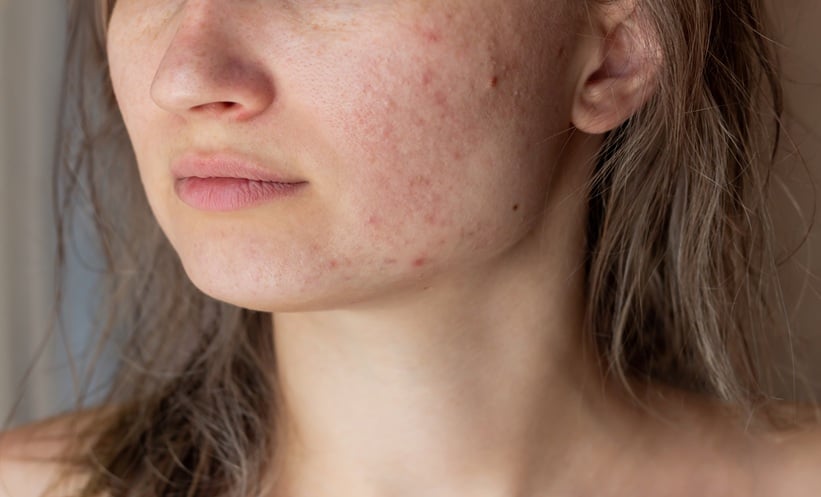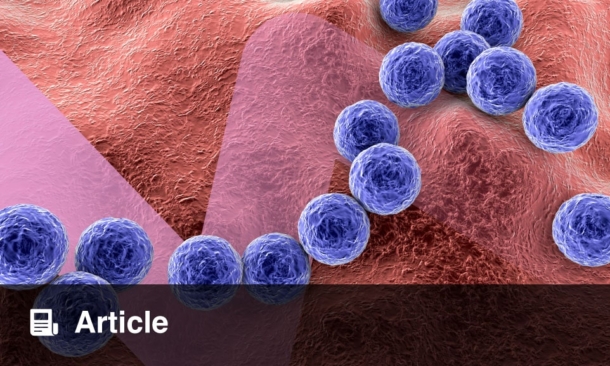A COMPREHENSIVE systematic review has found that AI shows strong potential in diagnosing sexually transmitted infections (STIs) and anogenital dermatoses from clinical images.
AI for STIs and Anogenital Dermatoses
AI’s ability to analyse clinical images is opening new frontiers in sexual health, not just for STIs but for a wide variety of anogenital dermatoses that present diagnostic challenges. Most research so far has centred on mpox, but AI has also performed well when identifying herpes simplex, genital warts, psoriasis, scabies, and molluscum contagiosum. High sensitivity and specificity statistics have been achieved for these dermatoses, showing that algorithms can distinguish between infections and similar non-infectious skin conditions – an essential need in sexual health clinics.
Research Findings and Current Gaps
This systematic review searched six databases from January 2010 to April 2024 for studies using AI to identify STIs and anogenital dermatoses from clinical images. Across 140 studies, AI models showed strong overall accuracy for mpox (sensitivity 0.96, specificity 0.98), genital warts (sensitivity 0.87, specificity 0.98), psoriasis (sensitivity 0.90, specificity 0.98), and scabies (sensitivity 0.89, specificity 0.98). However, the review identified significant shortcomings, including a lack of external validation and a high risk of bias. Most models relied on open-source datasets and only one left the proof-of-concept stage, with clinical validation largely absent. Furthermore, key STIs like syphilis and gonorrhoea, as well as important non-infectious dermatoses, require greater research attention for AI to be fully effective in practice.
Next Steps for AI in Sexual Health and Dermatology
The data suggest AI could eventually help clinicians rapidly diagnose both STIs and anogenital dermatoses, improving patient care and access. Progress will depend on expanding research scope, raising data standards, and validating findings in clinical environments. Addressing these limitations is crucial to ensure algorithms reliably distinguish between common infections and inflammatory or benign skin conditions in the anogenital area.
Reference
Soe NN et al. Use of AI in identification of sexually transmitted infections and anogenital dermatoses: a systematic review and meta-analysis. JAMA Netw Open. 2025;8(10):e2533512.







